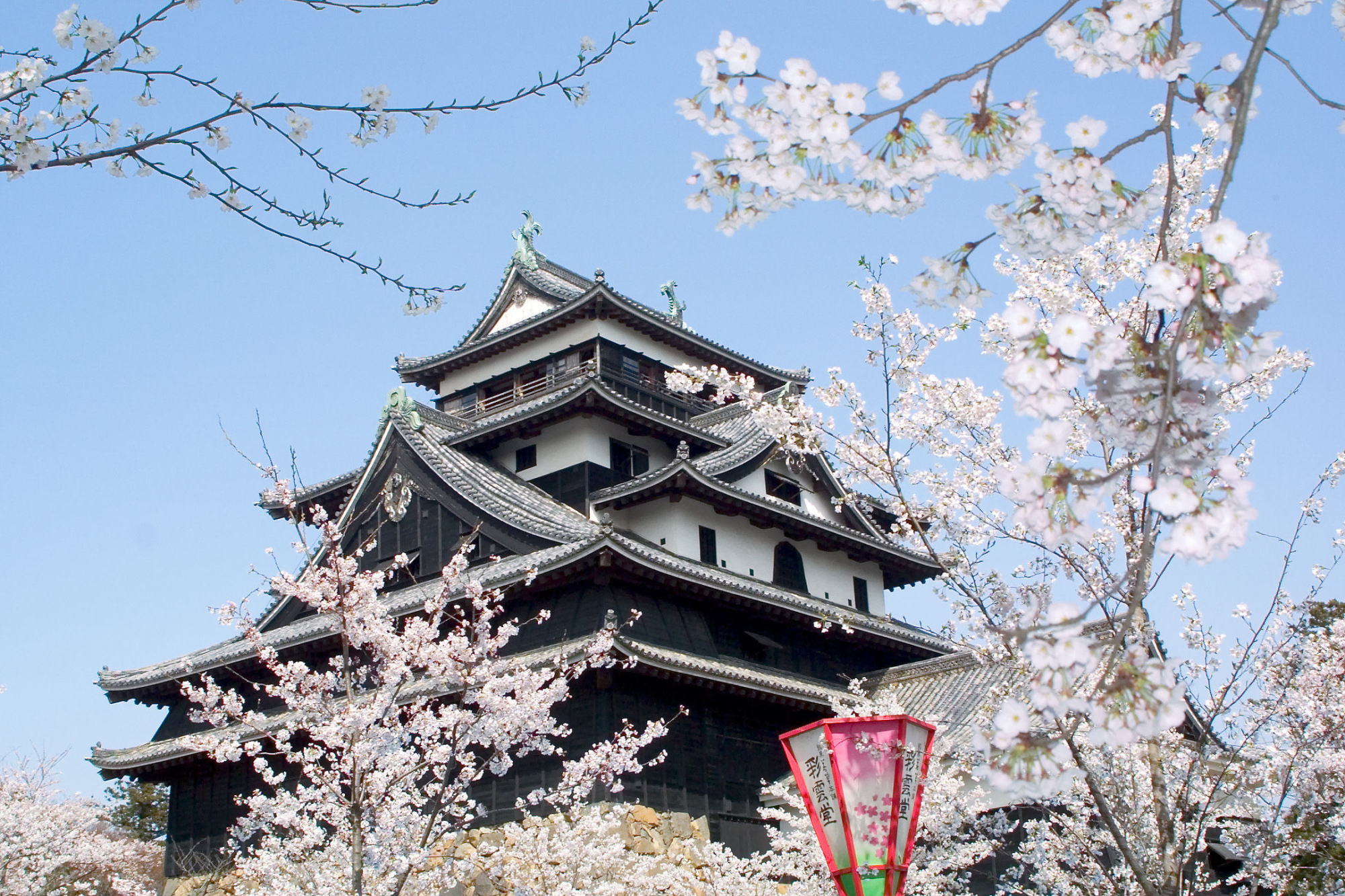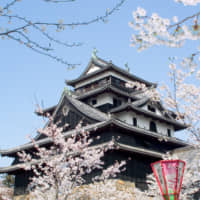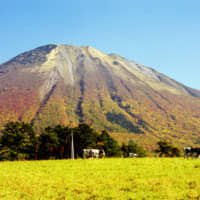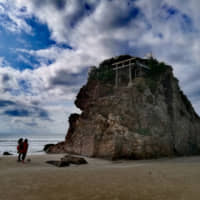The Sanin region, known for literary figures such as Lafcadio Hearn (Yakumo Koizumi), is easily accessible from Hiroshima.
To visit the area, laden with cultural attractions, there is a highway bus that operates daily, ferrying people between Hiroshima and Matsue. Additionally, from April 1 to March 31, 2020, there will be a campaign allowing international travelers to venture on this roughly three-hour ride for ¥500.
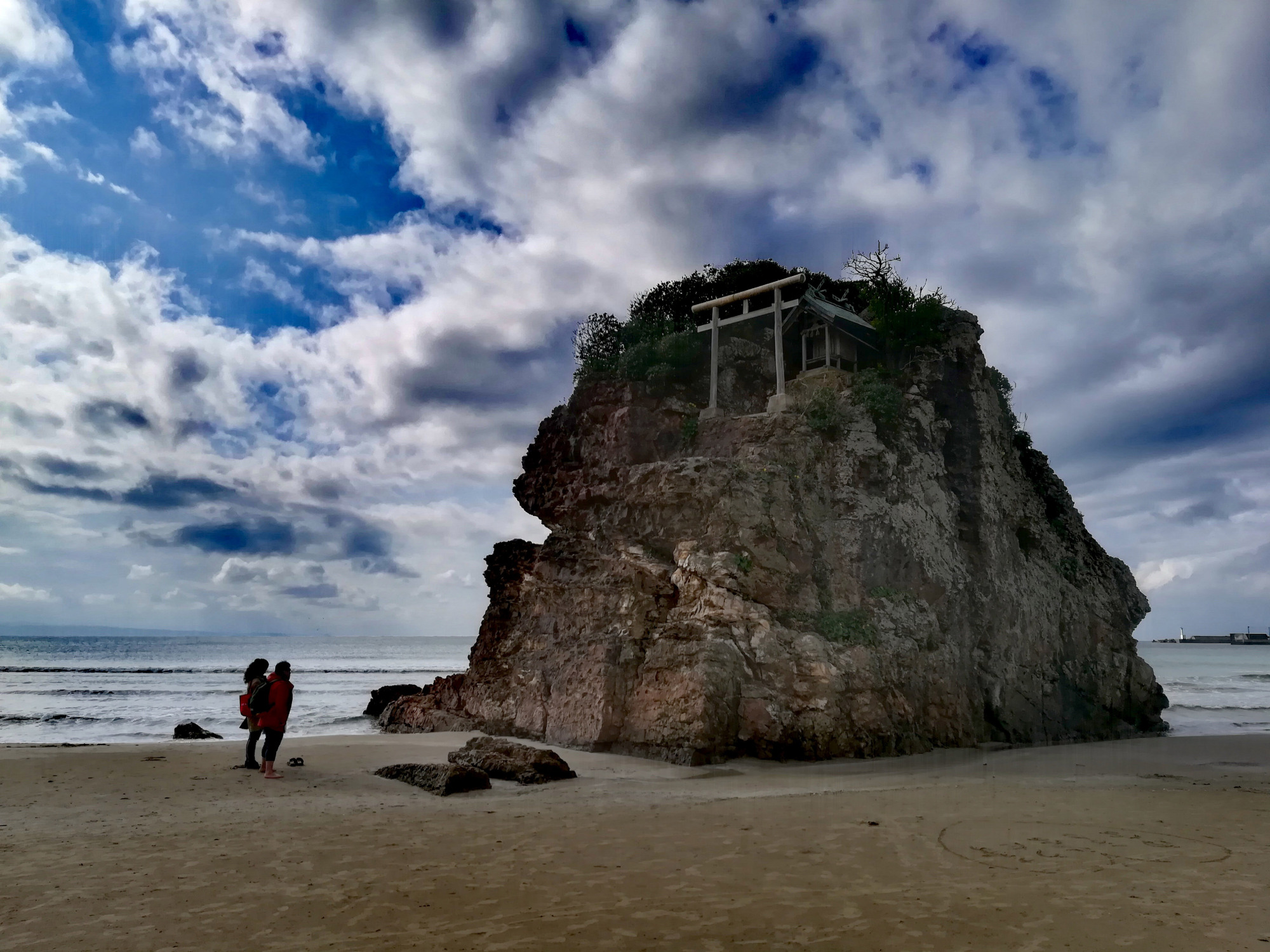
The home of Japan’s gods — with references dating back to “Kojiki,” often touted as Japan’s oldest history book — Izumo Shrine is known for en-musubi, or bestowing good luck in the quest for romance. Matsue Castle, designated a national treasure in 2015, is another hefty attraction, standing as one of 12 remaining tenshukaku (castle towers) in Japan. Further to the east stands the 1,709-meter-tall Mount Daisen — a symbol of the region known for its stunning scenery throughout the year.
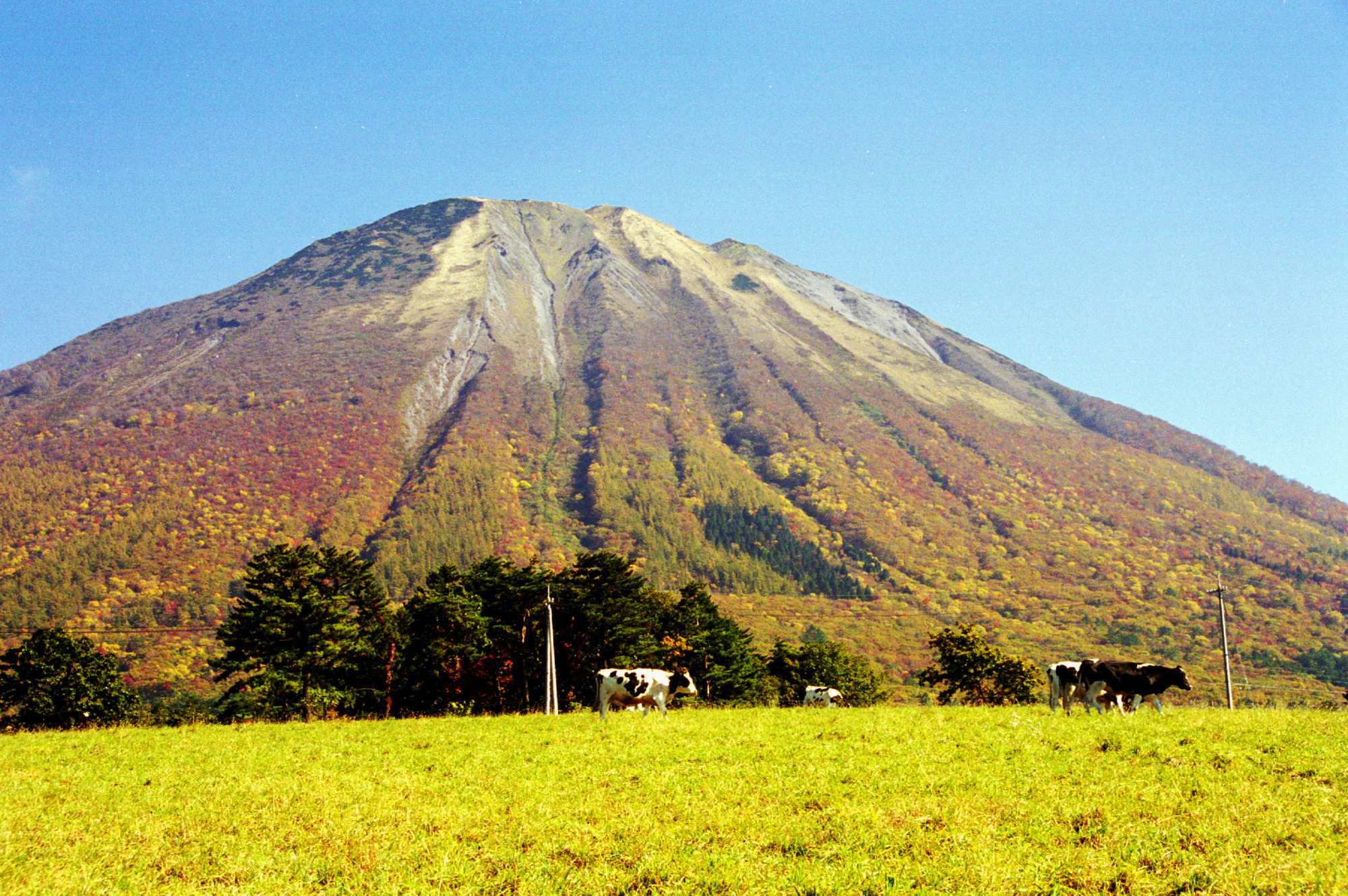
For art lovers, Sanin is an ideal destination. Mizuki Shigeru Road, named after the prolific yokai (monster) manga giant, is a glimpse into the spookier side of Japan. The Adachi Museum of Art, with its 1,500 pieces of modern and postmodern Japanese art, is the only Japanese museum to obtain three stars from the Michelin Guide. Its garden was awarded first prize by “The Journal of Japanese Gardening” for 16 years in a row.
Kaike Onsen, the name of which means “everybody” and “life,” is an ocean hot spring. Those who bathe in its waters are believed to live longer, thanks to its healing and aesthetic qualities. As far as food is concerned, Matsuba gani (crab) is a high-end winter delicacy with a firm sweetness.
Affordable, accessible and alluring, there is much to experience in Sanin for those from Japan and beyond.
URL: www.japan-guide.com/ad/sanin/ (Lake Nakaumi, Lake Shinji and Mt. Daisen Area Tourism Office)
ADDRESS: 1793 Yumachi, Tamayu-cho, Matsue, Shimane Pref. (inside Matsue City Hall, Tamayu branch)
TEL: 0852-55-5057



